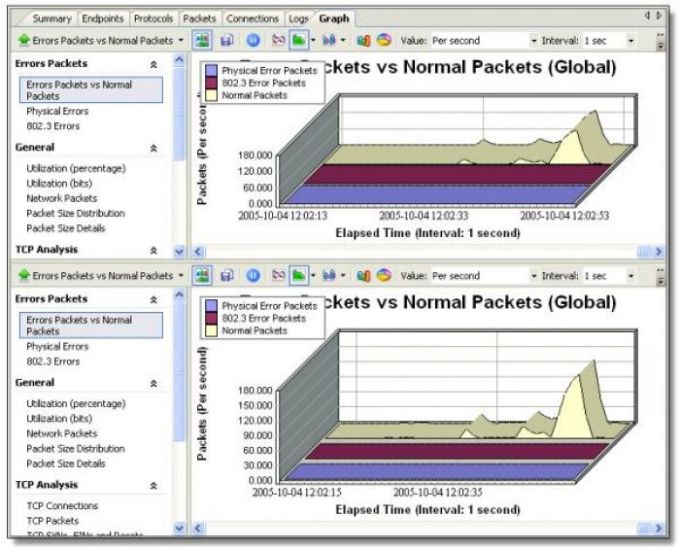

- Wol magic packet sender tcp install#
- Wol magic packet sender tcp driver#
- Wol magic packet sender tcp Pc#
- Wol magic packet sender tcp mac#
This is an equivalent of previous systemd.link option, but uses a standalone systemd Īlternatively install the wol-systemd AUR package, then activate this new service by starting rvice.
In the Match section, OriginalName= can also be used to identify the interface. This configuration applies only to the link-level, and is independent of network-level daemons such as NetworkManager or systemd-networkd. To be considered, the file name should alphabetically come before the default 99-default.link. The content of the default link file /usr/lib/systemd/network/99-default.link shipped with systemd has to be included, otherwise the interface might be misconfigured. Only the first matching file is is applied. The value g is required for WoL to work, if not, the following command enables the WoL feature in the driver: The Wake-on values define what activity triggers wake up: d (disabled), p (PHY activity), u (unicast activity), m (multicast activity), b (broadcast activity), a (ARP activity), and g (magic packet activity). # ethtool interface | grep Wake-on Supports Wake-on: pumbag To query this status or to change the settings, install ethtool, determine the name of the network interface, and query it using the command: Wol magic packet sender tcp driver#
Software configuration Enable WoL on the network adapterĭepending on the hardware, the network driver may have WoL switched off by default. Note that some motherboards are affected by a bug that can cause immediate or random #Wake-up after shutdown whenever the BIOS WoL feature is enabled. Look for terminology such as "PCI Power up", "Allow PCI wake up event" or "Boot from PCI/PCI-E". Different motherboard manufacturers use slightly different language for this feature. The Wake-on-LAN feature also has to be enabled in the computer's BIOS. Some wireless cards have support for Wake on Wireless (WoWLAN or WoW). The target computer has to be physically connected (with a cable) to a router or to the source computer for WoL to work properly. The target computer's motherboard and Network Interface Controller have to support Wake-on-LAN.
5.1.1 Network adapter is still powered off on shutdown. 4.1 Check reception of the magic packets. Wol magic packet sender tcp mac#
if /etc/ethers or trick works, and teaches the MAC linked to that 10.1.1. Wol magic packet sender tcp Pc#
LEDE will wake up the PC if it knows to which MAC it has to send the packet. and the PC 10.1.1.10 on the LAN wakes up! (just tried with LEDE). Within one minute (ARP cache expiration) do the wakeonlan from Internet (send magic packet) while the PC is down. Shutting down the target PC after doing some exchanges with LEDE (ensure ARP cache is fresh). Having this exact configuration from first post ( redirect). (which understood, but I must admit after re-reading the top post that based on the original title, that's not obvious - couldn't broadcast so tried this solution of course if broadcast is possible, I'll take that as well) LEDE just throws the UDP packet on the LAN directed to that MAC (indeed layer 2) and that's it, the PC is woken up.Īnd that removes the need to broadcast the packet on the LAN, which is the purpose of that thread! And this is the problem.īut, if LEDE knows that information (MAC linked to IP) even though the PC is down, it doesn't have to do the ARP query. However the PC is down, so no answer will be provided. So it does an ARP query "Who has 10.1.1.10" and gets its MAC. To send an UDP packet to a LAN IP address (ie not broadcast to all NICs), LEDE needs to know the MAC address linked to that IP. This said "magic packet" is just an UDP packet that needs to reach its destination: the NIC of the powered-off PC. Lastly, since it's Broadcast, it's a crafted Layer 2 frame, not a real Layer 3 aning, it cannot be forwarded over the Internet without advanced configurations (like an WOL Internet proxy). This will never work, as the Magic Packet is a Broadcast Packet, not a Unicast Packet. Wake-up via magic packet works on PC when sent from another PC on the LAN (ie not via openwrt) ]. ssh to openwrt, arp showed 00:00.:00 as MAC for that IP. but when the PC is Off the packet doesn't reach the PC NIC, despite the ethers entry. the packet reaches the PC (tcpdump) when the PC is ON. What about adding this to firewall config 'redirect'Īnd adding the IP 10.1.1.10 to ethers along with the PC MAC address? Remote server does wakeonlan -i LEDE-WAN-IP PC-MAC-ADDRESS Remote Server ➜ Internet ➜ LEDE ➜ LAN ➜ target PC In other terms, trying to wake-up my Linux workstation from Internet, using the famous UDP "magic packet" that embeds the MAC address of the PC to be woken-up. I'm trying to route an UDP packet, from WAN port 9, to be broadcast over the whole LAN (same port).





 0 kommentar(er)
0 kommentar(er)
